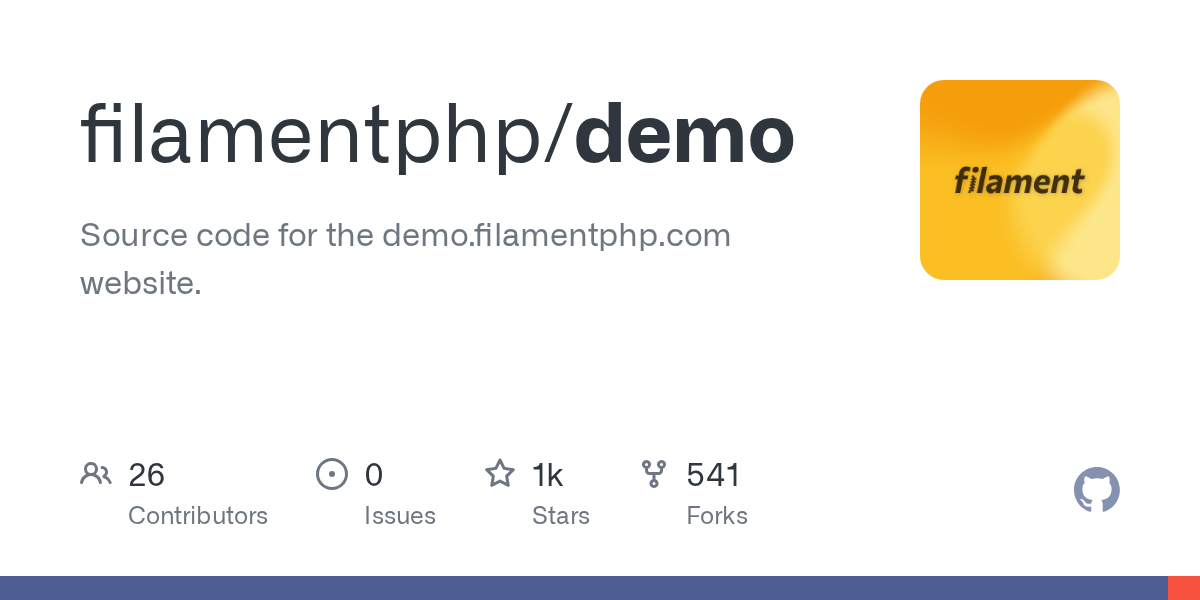Allowing view to a resource for unauthenticated users
Writing a test app to give Filament v3 a try. The app requires an authenticated user to add or customize data, but browsing/viewing/searching is available freely. As an example of what I'm looking for - I am looking to display the table that shows up when you click a resource in the default
/admin control panel as / and allow anyone to filter or view it. It seems like something that should be easy but I'm missing it.Solution
- Create your Admin panel, and your Resource to fully admin the model data as an Admin.
- Create another Panel (perhaps call it "app"), for guest access.
Customize that panel: - set its path:
->path('/')because you said you want it at '/' - remove the
->login() - remove the default
Authenticateclass from->authMiddleware() - remove the default
AccountWidget(because it'll throw a bunch of errors about unable to find AvatarUrl and user Name, when its template tries to render for a non-logged-in "user")
'/' route from routes/web.php else it will conflict.)- If the data is basically read-only, then the SIMPLEST solution is to create a custom Table Dashboard to view the data (you can see an example of one in the Filament Demo: scroll to the bottom to see LatestOrders )
- But if you need more complexity or truly want it to be a Resource with Guest access:
Update the panel: - in the app Panel, if the discussed Resource is in a different Namespace, make sure to add a
->resources([ResourceClassName::class])to the panel.
Use Policies for security: - Create Model Policy for the model, and in the
viewAny()andview()methods, change theUser $userparam to?User $userso that it's optional (ie: guest allowed), andreturn true;.
For the other model methods, add appropriate logic to allow Admins to perform those actions. (maybe$useris not null, or$user->hasRole('Admin')(if you have ahasRole()method on your User model), etc.
The Policy is the key to your security controls: documented in Laravel docs. Filament just uses the policy that you put into Laravel. - and if there are things that the Policy isn't restricting access to (like actions/fields), be sure to use the
hidden()orvisible()features in the Resource definitions of fields/actions/etc to control who can access them.
GitHub
Source code for the demo.filamentphp.com website. Contribute to filamentphp/demo development by creating an account on GitHub.
